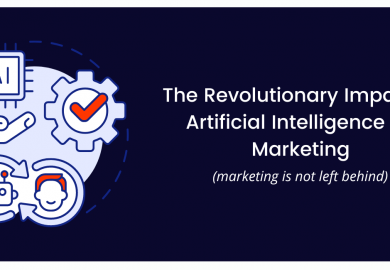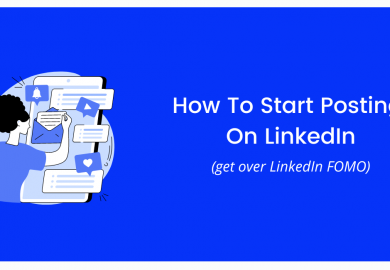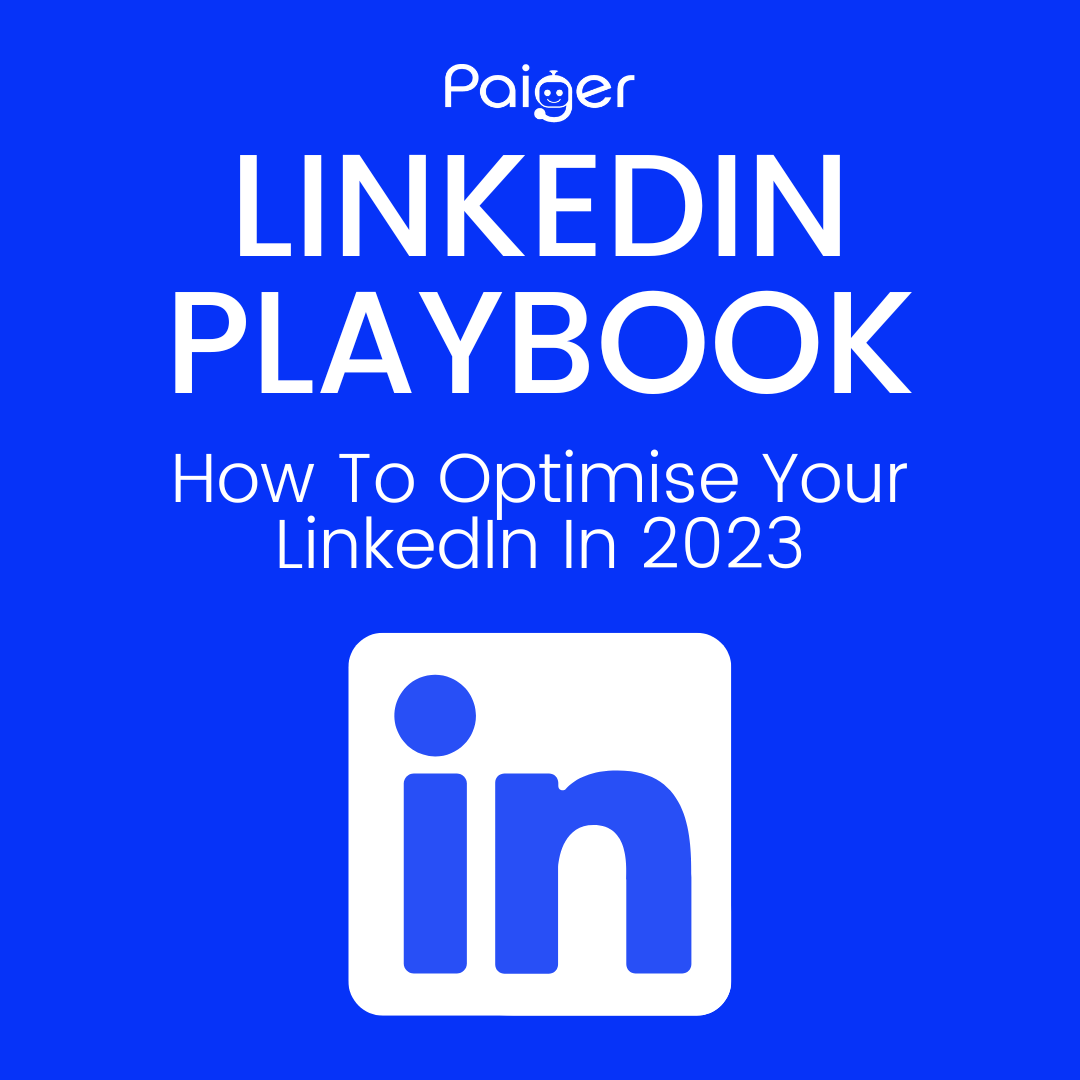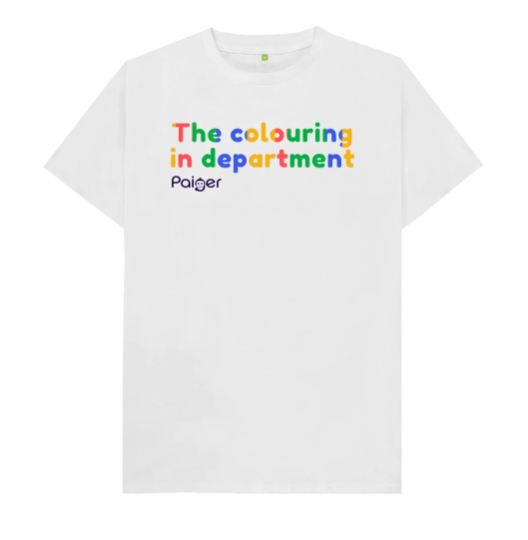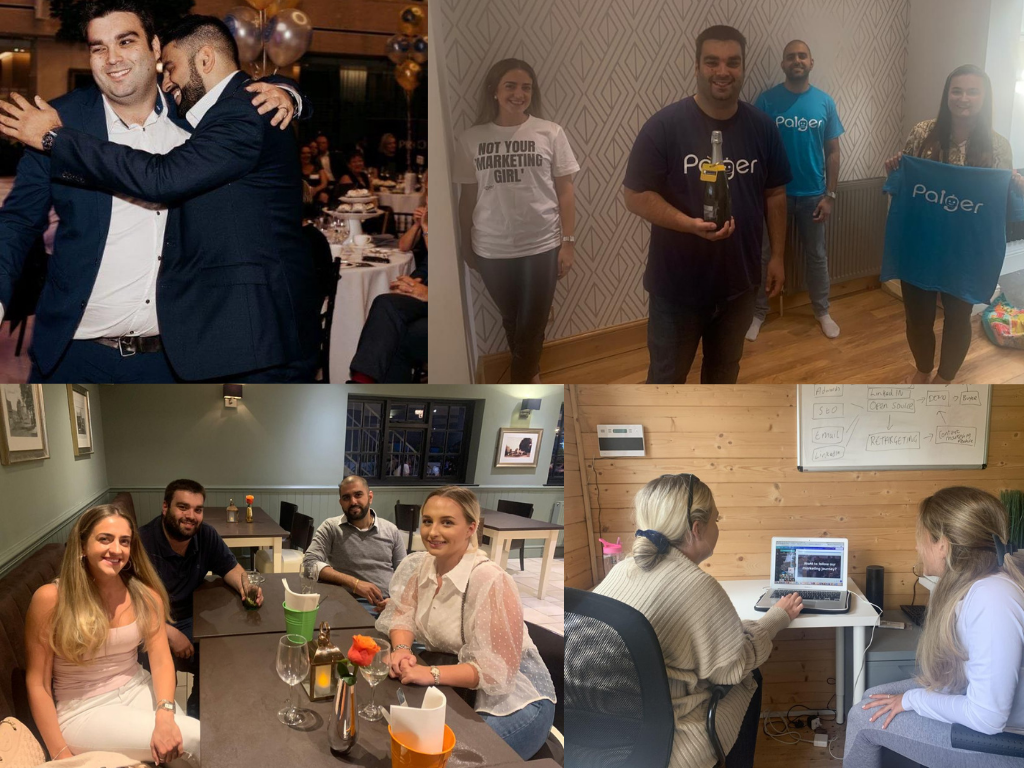4 Reasons To Share Company Content On Your Personal LinkedIn
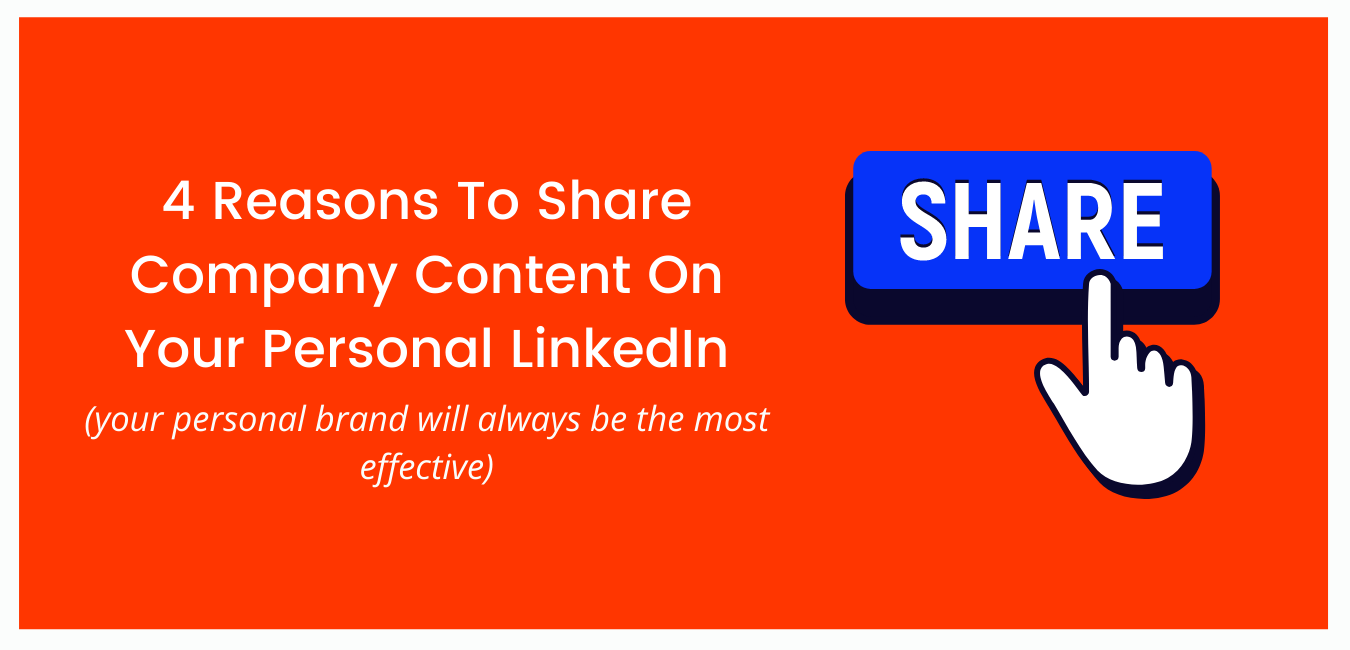
Anyone working within the B2B world in 2023 will know that LinkedIn is an absolutely essential part of your job description. Not just having a LinkedIn profile, but knowing how to use it. Engaging with your network, sharing content, commenting on other people’s posts and searching for prospects – the list of benefits of LinkedIn is endless.
With that being said, the question is often asked – is it best to share content on your company page, or your personal LinkedIn?
Our answer is, and always will be – your personal brand on LinkedIn will always be the most effective.
Let us explain why.
1. People buy from people
We aren’t saying you need to completely write off your company page, but your audience are far more likely to engage with a post from a person as opposed to an organisation.
One option is, if your company page is still being managed and content is being shared on there regularly, you can share these posts directly to your personal account along with your own comments in the caption.
However, you’re far more likely to receive engagement in the form of likes, comments and shares if you post content directly from your personal LinkedIn. Especially if you ask for feedback in the caption. Why? Because people buy from people. Your connections will prefer to strike up a conversation with a person, as opposed to shouting into the abyss that is the comment section on a company page post.
2. People connect with people
The big ticket item is this: you can connect with far more people on LinkedIn by individually connecting with them, than you can by trying to get people to follow your company page.
Asking your team to share on social media, or trying to get them to share company content, isn’t always a straightforward task. However, if they are building LinkedIn connections effectively with their target audiences, and sharing relevant and interesting content, they will be able to build up a community of people who are more likely to engage with their content in the future.
Therefore, if you are trying to educate your team on the importance of employee advocacy and sharing content, tell them this: they are far more likely to build a network on Linkedin by sharing their own content, than they are by liking the occasional company page post.
3. Algorithms prioritise people
Have you noticed that when you check LinkedIn in the morning as you’re drinking your first coffee of the day, you see posts from people you often interact with at the top of your feed? That’s because the LinkedIn algorithm prioritises people over company pages, as well as the people you engage with the most.
LinkedIn literally describes itself as a place where you can “manage your professional identity” and “build and engage with your professional network”. Nowhere does it say “LinkedIn is a place for companies to be more popular than individuals”. Quite the opposite, actually. The entire platform is built around connecting people with each other.
Have a think about what you’ve looked at on LinkedIn over the past week. In fact, go onto LinkedIn and view your recent activity. Who or what have you engaged with the most? Have you liked, commented or shared anyone’s content? If so, was the majority of it shared by an individual or an organisation?
We would put money on it being mostly people you are engaging with. People will always have more connections and people looking at their profile than companies.
4. Getting your team to share content is simple
If your organisation has been prioritising sharing content on your company page because it’s the easiest way to distribute it, don’t worry – we understand. Historically, trying to get your team to share content on LinkedIn was never the easiest of tasks.
As soon as you ask them to “share their own content” on LinkedIn to develop their personal brand and engage with their audience, they’re likely to interpret this as needing to write three blogs a week and share a video every morning. Be sure to tread lightly when encouraging your team to share more content on LinkedIn, and reassure them that they don’t need to produce all their own content. Simply sharing external news or their company blogs is enough, as long as they’re adding their own comments or perspective wherever possible.
The best part is, they don’t have to manually log in and share something every day. With Paiger, they can either leave it up to the marketing team to share content for them on their behalf, or they can receive emails to their inbox every morning and simply click the “share” button on anything relevant they’d like their network to see.
Getting your team to share content on LinkedIn is no longer a difficult task.
If you’d like to know more about Paiger and how it all works, book a demo with us today.
Recent Posts
Categories
Check this out
2023 updates and tips to get the maximum reach of your posts
Passive Aggressive Marketing T-Shirts, All For Charity
Learn how a startup is tackling marketing
Featured Posts
Resilience and risk-taking in recruitment: a conversation with Will Pearce
Paiger acquires The Lonely Marketers
The power of the personal brand in recruitment
Archives
- September 2023
- June 2023
- May 2023
- April 2023
- March 2023
- February 2023
- January 2023
- December 2022
- November 2022
- October 2022
- September 2022
- August 2022
- July 2022
- June 2022
- May 2022
- April 2022
- March 2022
- February 2022
- January 2022
- December 2021
- November 2021
- October 2021
- September 2021
- August 2021
- July 2021
- June 2021
- May 2021
- April 2021
- March 2021
- February 2021
- January 2021
- December 2020
- November 2020


